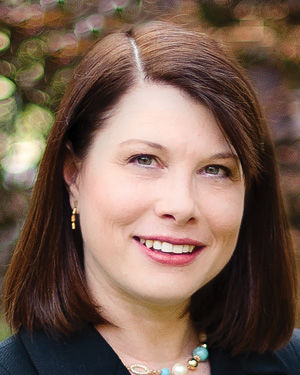You shall be holy…
Published May 4, 2017
In this week’s double portion Acharei Mot/Kedoshim, we are reminded of the events of chapters earlier when Nadab and Abihu offer alien fire and are consumed (Leviticus 10:1-7).
“The Eternal One spoke to Moses after the death of the two sons of Aaron who died when they drew too close to the presence of the Eternal.” (Lev. 16:1). What follows is a series of laws of behavior both for Aaron, as high priest, and for Aaron and his sons, and for all the people of Israel. A section of these laws has become known as the Holiness Code, and within this code appears, “You shall be holy, for I, the Eternal your God, am holy. (Lev. 19:1).
On the surface, there appears to be a dichotomy in the teaching. On one hand, a reminder of the warning to not get “too close” to the Holy One, and on the other hand, a message that we are to be holy, indeed like the Holy One. How can we follow both teachings?
Rabbi Gunther Plaut, in his commentary on Kedoshim, offers a teaching by Rabbi Tarfon in Avot deRabbi Natan, 27. Rabbi Tarfon said:
“Do not avoid an undertaking that has no limit or a task that cannot be completed. It is like the case of one who was hired to take water from the sea and pour it out on the land. But, as the sea was not emptied out or the land filled with water, he became downhearted. Then someone said to him, ‘Foolish fellow! Why should you be downhearted as long as you receive a dinar of gold every day as your wage?’ ”
Achieving the holiness on the level of the Eternal One is a task that cannot be completed. Yet, there is great power in the attempt to reach that level. However, in the attempt, we must realize that we never can be exactly as God is nor should we set our sights on that particular goal.
Imagine we have a secular role model in our profession, our craft or our favorite sport. We may strive to learn their methods, we may model our work after their teachings but, ultimately, we will never be as they are. We may, indeed, achieve a great level of success as they do, but we will never be exactly like them.
We cannot and we should not. Our sights should be on making ourselves the best that we can be and, sometimes, within the particular role we have. Perhaps this is the lesson that we learn from Nadab and Abihu, who may have been trying to be something they were not.
Too often in our world, people struggle to give the image of being something or someone they hope to be, rather than simply being the best that they can be. This is not what I believe the Holy One has asked of us. To be holy, we must be true to ourselves first.
Likewise, in being true to ourselves, we must appreciate others who, through their own grasp at holiness, are honest about their truth and being. And in finding that truth and in living honestly, we may just find that we have found our holiness in the image of God.
Rabbi Roxanne J.S. Shapiro serves as rabbi and director of lifelong learning at United Hebrew Congregation. She is on the executive board of the St. Louis Rabbinical Association and is chair of the St. Louis Jewish Education Directors’ Council.
















